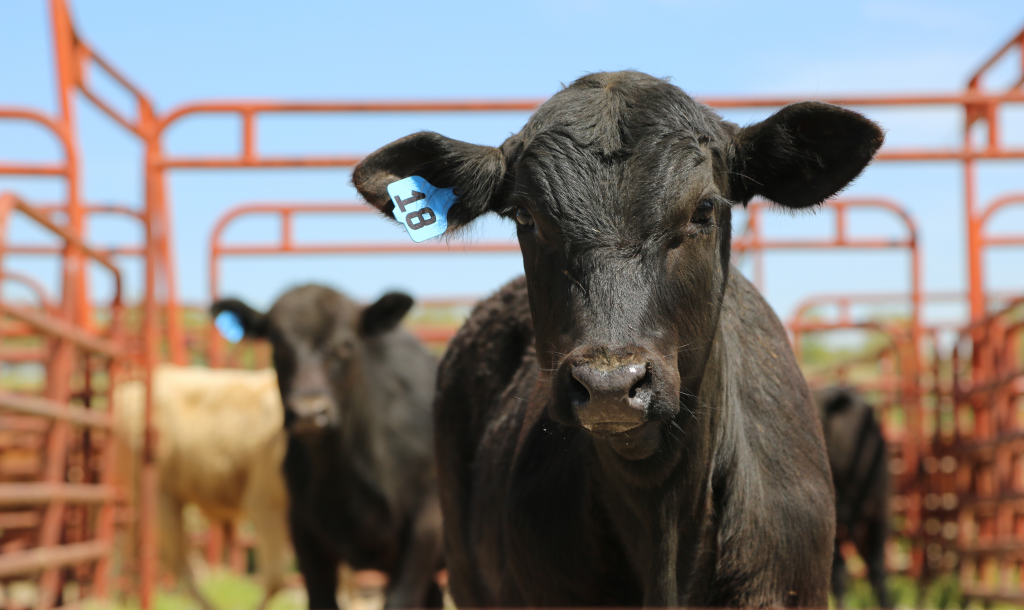By Drew Mitchell, National Agricultural Law Center Research Fellow & Elizabeth Rumley, National Agricultural Law Center Senior Staff Attorney
Within the past few years, an alternative protein technology is edging closer to the sale of retail products. This technology is produced by harvesting animal cells, rather than by the traditional method of animal slaughter. Once the cells are removed, they are grown in a medium to create fat or muscle cells indistinguishable from those of slaughtered animals. With new food technology, however, comes questions about safety and regulation of the resulting products.
In an attempt to regulate these new products, mirror bills titled “Food Safety Modernization for Innovative Technologies Act” were introduced in the United States Senate on December 16, 2019 (S. 3053), and in the United States House of Representatives (H.R. 5728). These bills are meant to govern the regulations, inspection, and labeling of foods that are produced using cell-cultured technology. Specifically, they allocate authority to specific cabinet departments to handle certain regulatory tasks. If passed, the bills would amend the Federal Food, Drug and Cosmetic Act to include foods that are produced using cell-cultured technology, as well as to delegate specific authority for safety and labeling.
Currently, the U.S. Department of Agriculture’s Food Safety and Inspection Service (“FSIS”) and the U.S. Department of Health and Human Services’ Food and Drug Administration (“FDA”) are regulating cell-cultured food products pursuant to an agreement between the two departments. This agreement was reached in March of 2019 and contains much the same division of labor as is proposed in the Food Safety Modernization for Innovative Technologies Act.
If codified, the bills would provide specific oversight roles to FDA and FSIS. FDA would oversee the initial stages of production and manufacturing for the cell-cultured food products. This would include evaluating production materials, overseeing the handling and maintenance of cell banks, and developing additional requirements for the cell culturing facilities. Further, FDA would be responsible for confirming the safety of the cells used in the development of the cell-cultured meats.
In contrast, FSIS would be responsible for the later stages of production and processing. The language of the bills transfer regulatory oversight from FDA to FSIS once the cells are harvested. After the transfer, FSIS would oversee the processing of the cells into food if the cells are determined to be eligible for processing. In addition, FSIS would be responsible for approval and accuracy of product labels, as well as ensuring that the food is neither adulterated or misbranded. An official inspection legend would be placed on all foods that pass inspection procedures.
Aside from their designated tasks, there are instances where FDA and FSIS would work together and share information. Both secretaries would be in charge of inspecting facilities or businesses that process, package or label these products. Further, if objectionable or intolerable conditions are found at a facility or business, FDA and FSIS would need to notify the other of their findings. The departments would then need to work together to resolve the issue.
On a related note, several states have enacted legislation regulating the labeling of cell-cultured meat and other alternative proteins, while others have proposed similar bills. These laws typically define certain foods (such as “meat”, “pork” and “poultry”). For example, North Dakota defines meat as “the edible flesh of an animal born and harvested for the purpose of human consumption.” North Dakota House Concurrent Resolution 3024.
Whether these bills becomes law or the MOU entered into between the agencies remains the guiding principle, federal preemption will certainly become an issue in those states who have passed and are attempting to enforce these new types of laws governing the labeling of alternative proteins.
Federal preemption rises from the preemption clause in the United States Constitution. In brief, it is triggered when state law conflicts with federal law. In those situations, the federal law preempts, or supersedes, the state law, especially in situations where the federal law explicitly states that preemption occurs.
Both the Federal Meat Inspection Act and the Poultry Products Inspection Act explicitly state that labeling requirements in addition to or different than those required under the FMIA and the PPIA may not be imposed by any state. This “express preemption” is likely to lead to litigation and a probable invalidation of the state laws.
- 3053 has been referred to the Senate committee on agriculture, nutrition and forestry. H.R. 5728 has been referred House committees on agriculture and energy and commerce.
No further actions have yet been scheduled on either bill.
To read S. 3053, click here.
To read H.R. 5728, click here
To read the MOU between FDA and USDA, click here.
To learn more about the state statutes that have been passed governing food labels, click here.
To see what states have enacted these types of labeling laws, click here.
To see what states have proposed these types of labeling laws, click here.
To learn more about or sign up for a National Agricultural Law Center webinar discussing these statutes and proposals, click here.
